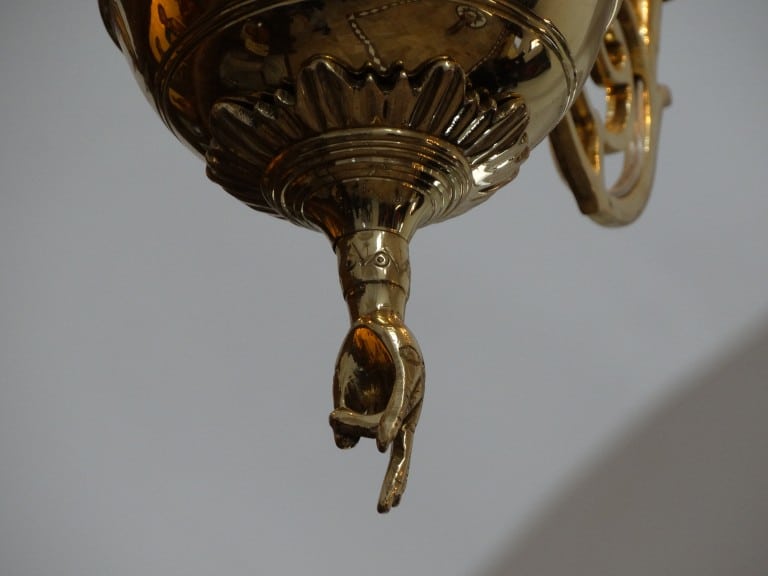The Cross is the main symbol of Christianity. And what they have in common is that both there and there, the ancient Greek word ὁ σταυρός (stavros) is used in the name – cross.
And monasteries become stavropegic when they are given the status of stavropegic. This word – ἡ σταυροπηγία, from σταυρός – “cross” and the verb πήγνυμι – “to establish, hoist” – literally means hoisting the cross. It indicates that in stavropegic monasteries the cross is erected and erected by the patriarchs themselves.
In general, of course, the cross as the main symbol of Christianity is as paradoxical and unique as itself. Invented by the Romans (the Old Testament does not know the crucifixion), he was an instrument of terrible and shameful execution, which was subjected to the most notorious criminals. A person died from severe suffering, since death came from suffocation, as a result of a long and extremely painful unnatural position of the chest and the whole body. However, in Christianity, the cross, on the contrary, becomes a sign of victory and a messenger of salvation, the main symbol of the Church and the Christian faith. This is the high dialectics of Christianity…
The cross becomes a symbol and a constant reminder of the fact that Christ, by His death on the cross, trampled down and conquered the same death. Through extreme sorrow, he came to a major victory and thereby granted salvation to other people, showing them the same path if they want to imitate Him.
And when a person is baptized, he not only calls on God for help and drives away demons: Hoc signo vinces! – ” You will win with this sign!”. When he is baptized, he voluntarily puts a cross on himself, that is, he imitates Christ, voluntarily accepting sorrows and sufferings as the only way to salvation: “Through many tribulations you must enter the Kingdom of God” (Acts 14:22).
After all, in fact, if you look around, you can not help but see that no one lives carefree, that everyone has their own sorrows and sufferings. You can’t get away from the cross. This is a symbol of human life, which is similar to death, and a sign of that death, which actually gives real life. The only question is whether you will try to escape the inevitable, or will you accept it meekly and consider yourself worthy of the sorrows sent down. And then, in a still unknown way, but, as Christ said, “My yoke is easy and My burden is light” (Matt. 11.30).
But how can this heaviest burden of suffering suddenly become light and good? It can be, if you do not ask what the sorrows are sent for, simply accepting them. After all, almost every person is delusional, and it is very, very difficult for him to see his sins, everyone is inclined to think “but what am I for?”. But any suffering can be endured if you see the meaning in it. You will see this meaning if you take everything upsetting for granted and ask “why do you need this?”.
The Russian Saint Ignatius Brianchaninov, in his “Ascetic Experiences”, Volume 1, writes the following: “Patient bearing of one’s cross is true vision and consciousness of one’s sin. There is no self-delusion in this consciousness. But he who recognizes himself as a sinner, and at the same time murmurs and cries out from his cross, proves by the fact that he only flatters himself with a superficial consciousness of sin, deceives himself …
From your cross, glorify the Lord, rejecting from yourself every thought of complaint and grumbling, rejecting it as a crime and blasphemy.
From your cross, thank the Lord for the priceless gift, for your cross, for your precious lot, for the lot of imitating Christ with your sufferings.
From the cross, theologize: because the cross is the true and only school, the repository and throne of true theology. Outside the cross there is no living knowledge of Christ.
Do not look for Christian perfection in human virtues. It is not there: it is hidden in the Cross of Christ.”








